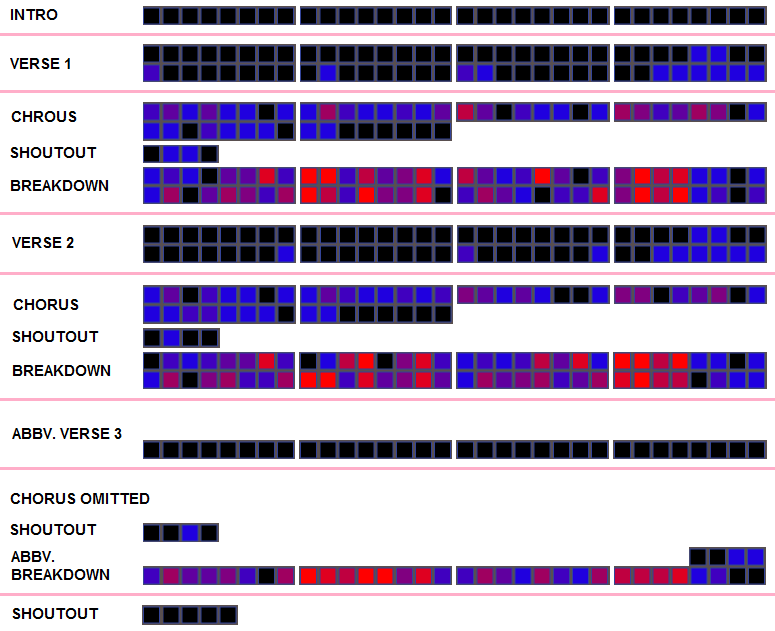bounding overlaps
A Venn diagram gives a schematic view of joint counts on a set of \(n\) categories, e.g. \(c(S_1^n=s_1^n)\) where \(s_i\in\{0,1\}\). Each “patch” of the diagram corresponds to one of \(2^n\) possible values of \(s_1^n\).
If we have the total count \(C\triangleq \sum_{s_j: j\in \{1,…,n\}} c(S_1^n=s_1^n)\), then we can take the counts as probabilities by normalizing with \(p(S_1^n=s_1^n)=c(S_1^n=s_1^n)/C\).
Suppose we are given only singleton marginals \(p(S_i=1)\triangleq \sum_{s_j: j\in \{1,…,n\}\backslash i} p(S_1^n=s_1^n)\), then we can bound the other probabilities by imposing universal constraints on probabilities to be between 0 and 1.
(Read the article)
 Comments(1)
Comments(1)

